The researchers hope their findings will help make quantum computers a reality.
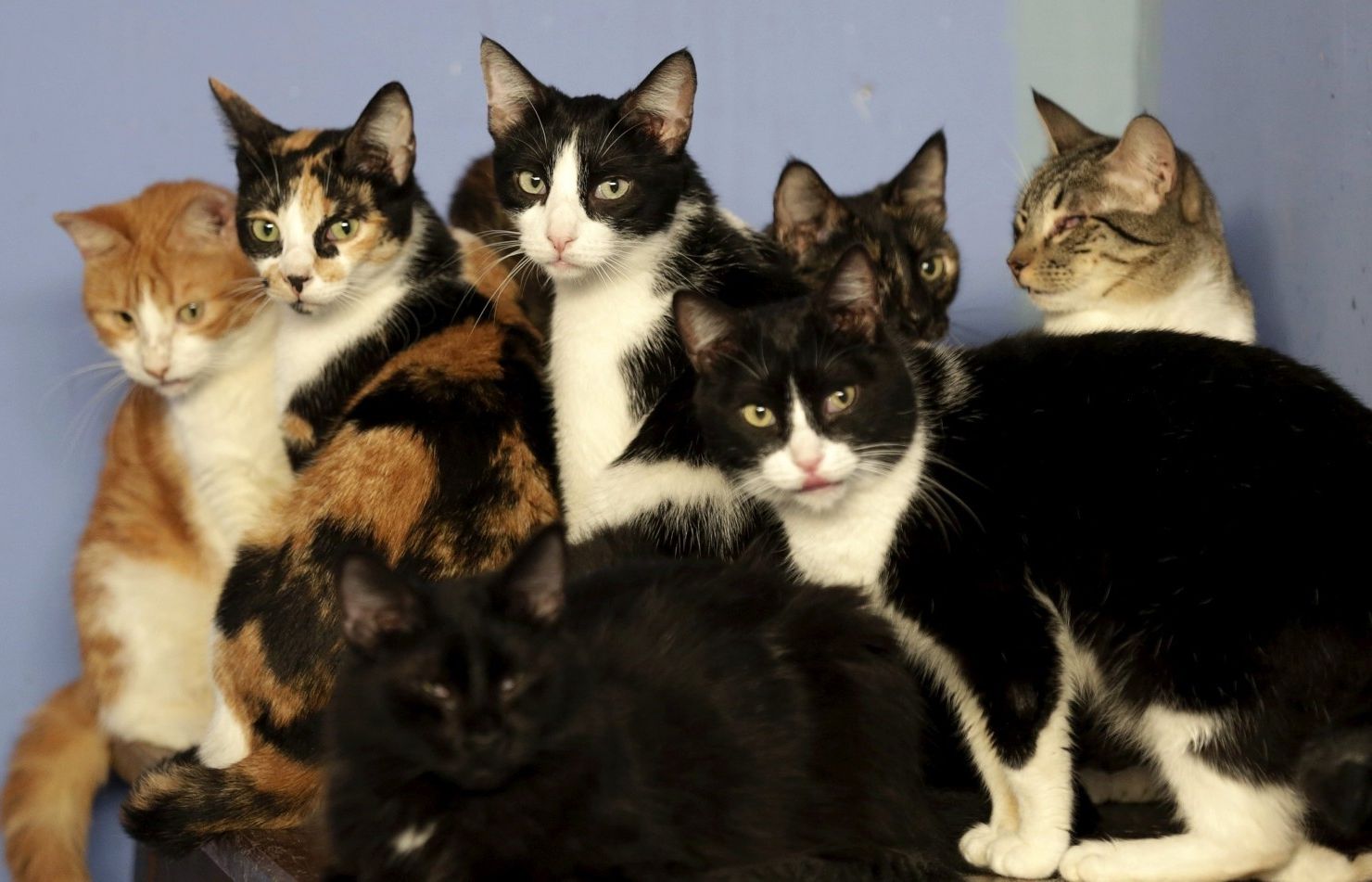


Perhaps it’s serendipitous, then, that the machines have finally arrived. Truly smart, truly impressive robots and machine learning algorithms that may help usher in a new Green Revolution to keep humans fed on an increasingly mercurial planet. Think satellites that automatically detect drought patterns, tractors that eyeball plants and kill the sick ones, and an AI-powered smartphone app that can tell a farmer what disease has crippled their crop.
Forget scarecrows. The future of agriculture is in the hands of the machines.
A Digital Green Thumb
Deep learning is a powerful method of computing in which programmers don’t explicitly tell a computer what to do, but instead train it to recognize certain patterns. You could feed a computer photos of diseased and healthy plant leaves, labeled as such. From these it will learn what diseased and healthy leaves look like, and determine the health of new leaves on its own.
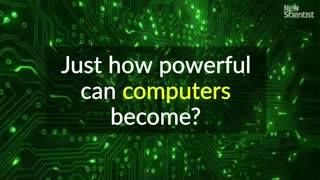
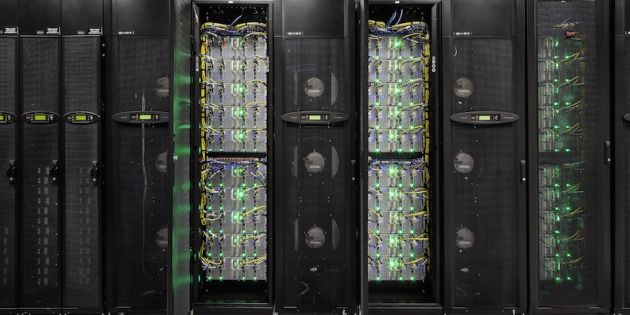

Could Yale physicists finally give Schrödinger’s cat a second box to play in proving the superposition of states.
Yale physicists have given Schrödinger’s famous cat a second box to play in, and the result may help further the quest for reliable quantum computing.
Schrödinger’s cat is a well-known paradox that applies the concept of superposition in quantum physics to objects encountered in everyday life. The idea is that a cat is placed in a sealed box with a radioactive source and a poison that will be triggered if an atom of the radioactive substance decays. Quantum physics suggests that the cat is both alive and dead (a superposition of states), until someone opens the box and, in doing so, changes the quantum state.
This hypothetical experiment, envisioned by one of the founding fathers of quantum mechanics in 1935, has found vivid analogies in laboratories in recent years. Scientists can now place a wave-packet of light composed of hundreds of particles simultaneously in two distinctly different states. Each state corresponds to an ordinary (classical) form of light abundant in nature.
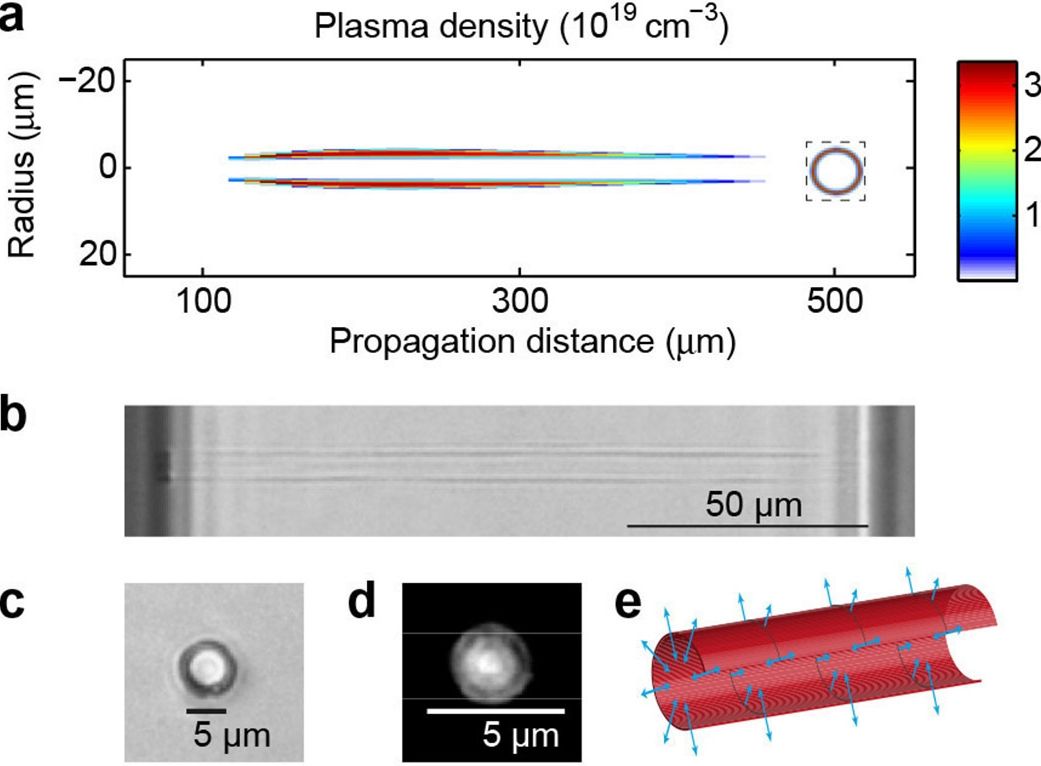
Non-diffracting Bessel vortex beams exhibit diverse propagation regimes in glass that can be observed with a novel imaging strategy.
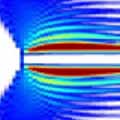
High-power femtosecond pulses have become a key tool in processing of transparent materials (e.g., glass and sapphire) for the present and the next generation of consumer electronics.1 Associated major industrial challenges include high-quality and high-speed cutting of screen glass for smartphones, camera windows, or drilling of through-vias (vertical interconnect access) in interposers for the circuitry of 3D electronic chips. Ultrafast laser pulses (on picosecond or femtosecond timescales) allow for structuring transparent materials with high levels of accuracy. When the laser pulses propagate into the transparent dielectrics, they usually undergo high distortions.2 These distortions arise because of the nonlinear Kerr self-focusing effect and because of the interaction of the pulse with the plasma, which the pulses generate in the material. The propagation is therefore highly nonlinear and prevents uniform energy deposition along the beam propagation.
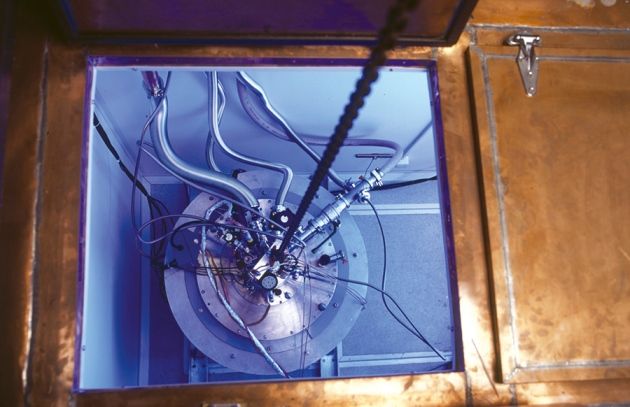
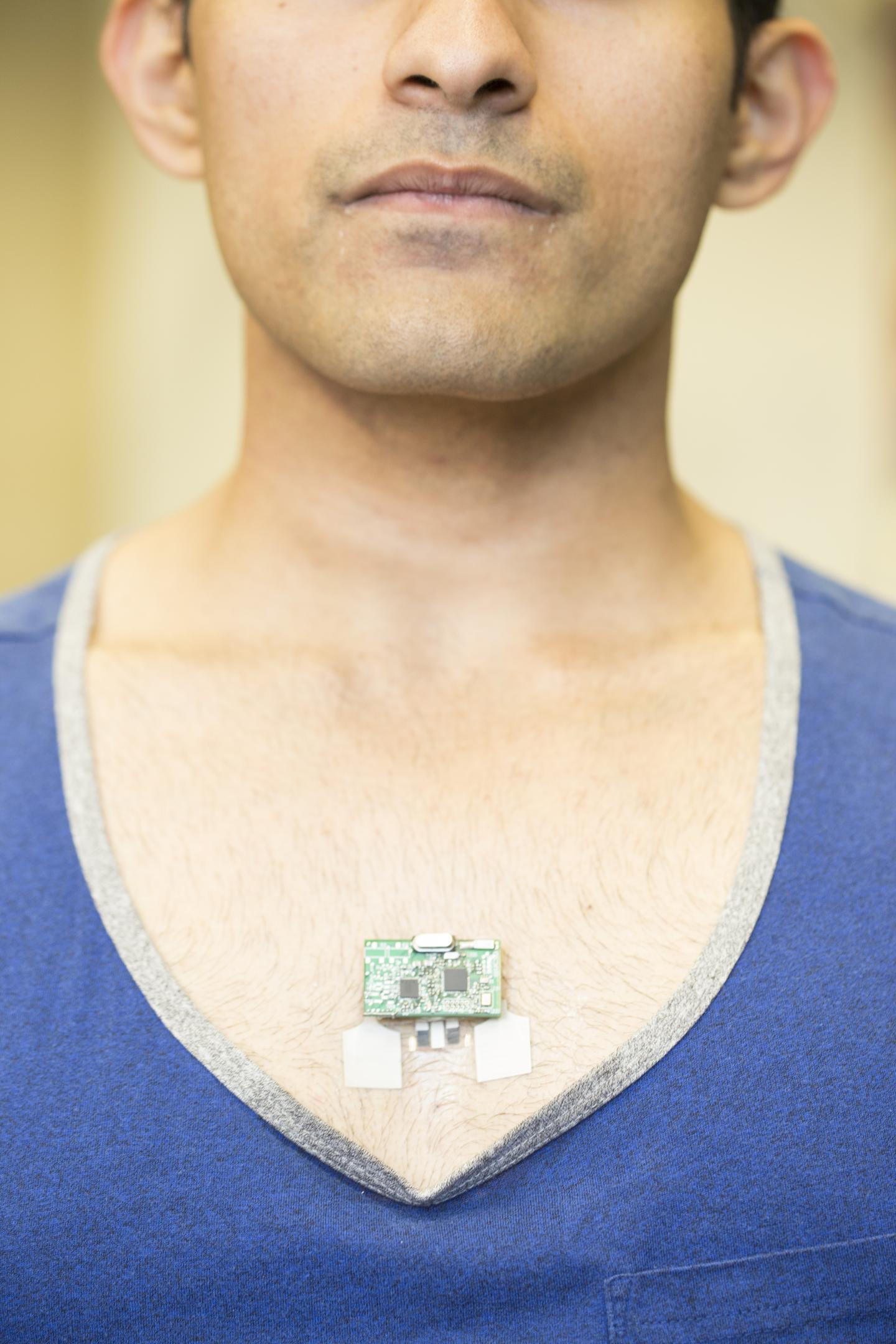
Engineers at the University of California San Diego have developed the first flexible wearable device capable of monitoring both biochemical and electric signals in the human body. The Chem-Phys patch records electrocardiogram (EKG) heart signals and tracks levels of lactate, a biochemical that is a marker of physical effort, in real time. The device can be worn on the chest and communicates wirelessly with a smartphone, smart watch or laptop. It could have a wide range of applications, from athletes monitoring their workouts to physicians monitoring patients with heart disease.
Nanoengineers and electrical engineers at the UC San Diego Center for Wearable Sensors worked together to build the device, which includes a flexible suite of sensors and a small electronic board. The device also can transmit the data from biochemical and electrical signals via Bluetooth.
Nanoengineering professor Joseph Wang and electrical engineering professor Patrick Mercier at the UC San Diego Jacobs School of Engineering led the project, with Wang’s team working on the patch’s sensors and chemistry, while Mercier’s team worked on the electronics and data transmission. They describe the Chem-Phys patch in the May 23 issue of Nature Communications.
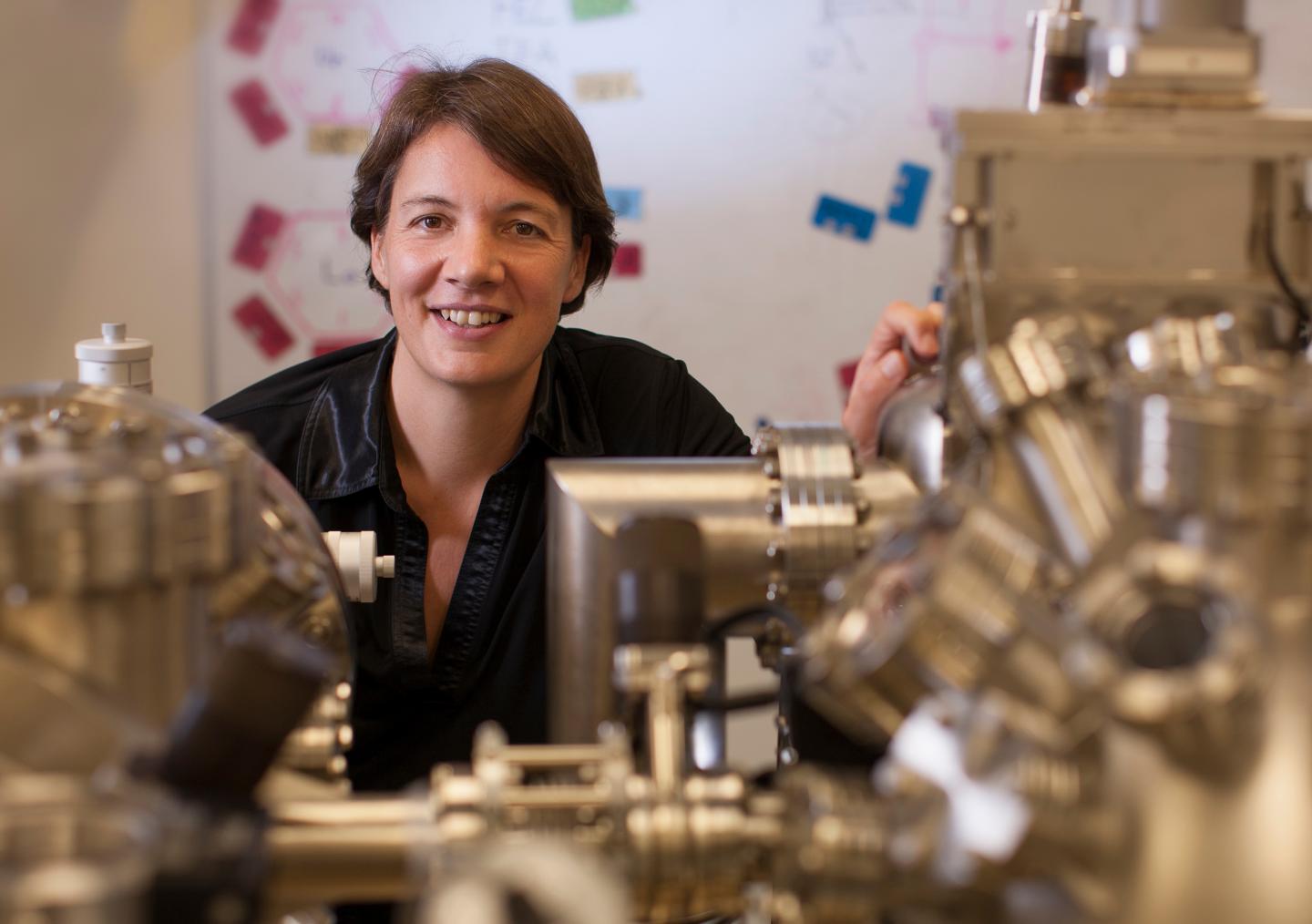
Love this; Congrats to Michelle Simmons and her work on QC — Superstar females in STEM.
For her world-leading research in the fabrication of atomic-scale devices for quantum computing, UNSW Australia’s Scientia Professor Michelle Simmons has been awarded a prestigious Foresight Institute Feynman Prize in Nanotechnology.
Two international Feynman prizes, named in honour of the late Nobel Prize winning American physicist Richard Feynman, are awarded each year in the categories of theory and experiment to researchers whose work has most advanced Feynman’s nanotechnology goal of molecular manufacturing.
Professor Simmons, director of the UNSW-based Australian Research Council Centre of Excellence for Quantum Computation and Communication Technology, won the experimental prize for her work in “the new field of atomic-electronics, which she created”.
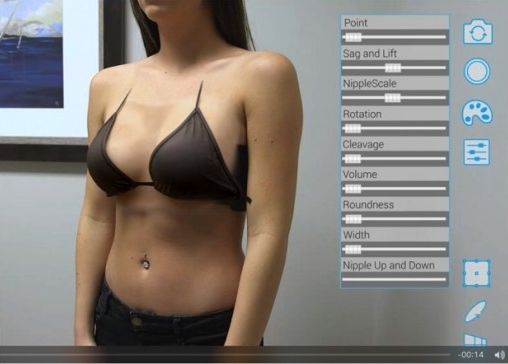
AR for plastic surgery.
ILLUSIO, the next generation in computer imaging for plastic surgery, will be presenting at the 2016 Virtual Reality Summit in Seoul, South Korea on June 22. The conference is expected to attract thousands of people interested in the latest applications for virtual reality and augmented reality.
ILLUSIO CEO Ethan Winner will present the Company’s use of augmented reality for plastic surgery imaging. ILLUSIO combines the latest in 3D augmented reality technology with real-time morphing animation, providing a platform for plastic surgeons and their patients to visually communicate.
The proprietary artistic adapters and deformers allow surgeons to easily manipulate virtual breast models to quickly replicate any real life breast characteristics. Patients can now see themselves and their future bodies in real time. With the ILLUSIO imaging system, she can turn side-to-side and in real-time see herself with all of the size and shape options that her surgeon creates…